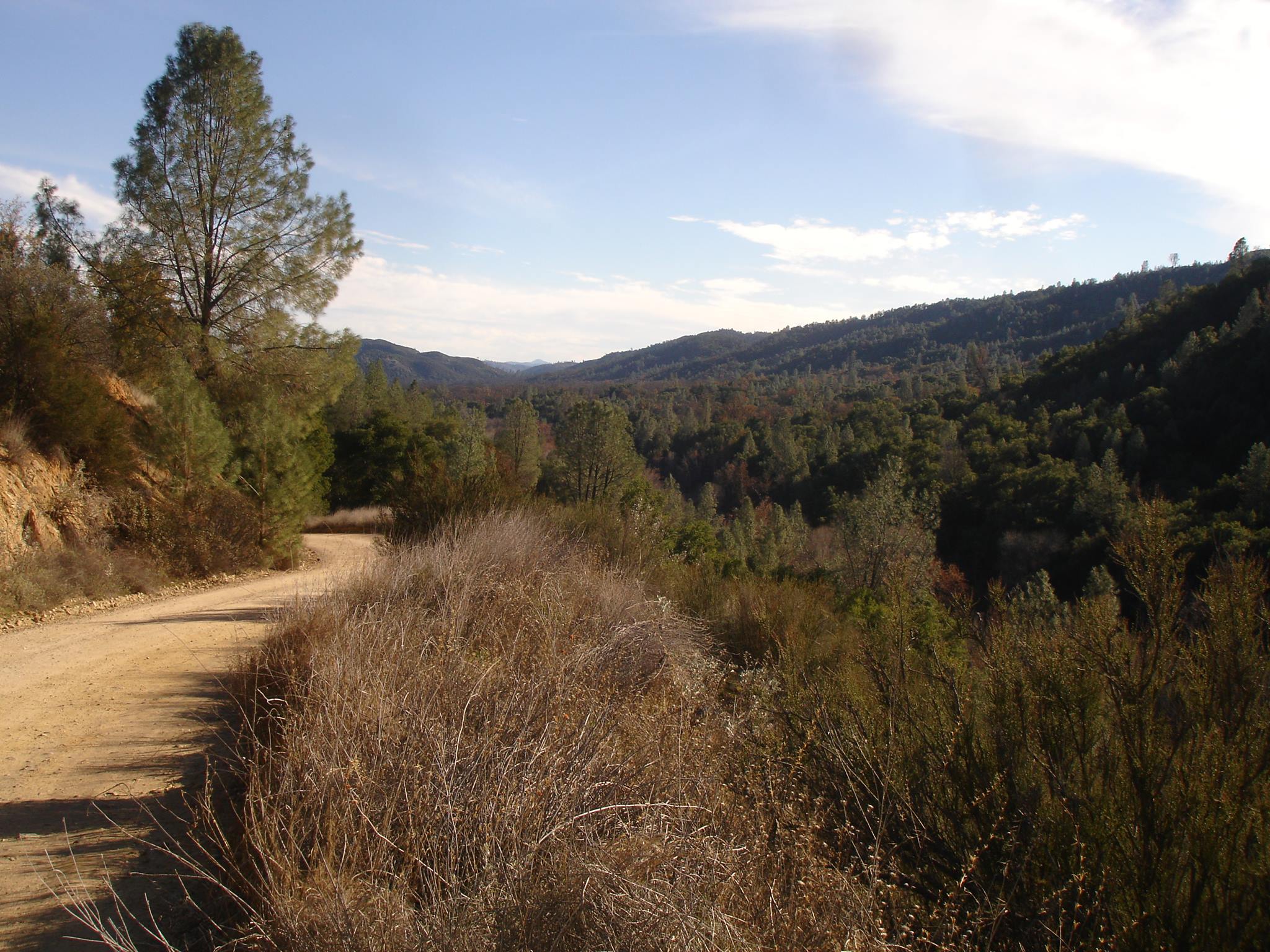Karuk
The traditional Karuk language area is along the Klamath River, between Seiad in the north and Bluff Creek in the south. In pre-contact times, there may have been 1,500 speakers of Karuk (Kroeber 1925). In the 21st century, there are fewer than a dozen first-language speakers. However, tribal members and language activists have been pursuing language revitalization and reclamation (Karuk Tribe Language Program). Karuk (sometimes also written “Karok”) is an isolate within the hypothesized Hokan language family. This includes, in addition to Karuk, Chimariko, Esselen, the Palaihnihan languages (Achumawi and Atsugewi), the Pomoan languages (Central Pomo, Eastern Pomo, Kashaya, Northeastern Pomo, Northern Pomo, Southeastern Pomo, and Southern Pomo), Salinan, the Shastan languages (Konomihu, New River Shasta, Okwanuchu, and Shasta), Washo, Yana, and the Yuman languages (Cocopa, Kiliwa, Kumeyaay, Maricopa, Mojave, Pai, Paipai, and Quechan).
Grammatical information
Like many American Indian languages, Karuk carries most of its morphology on the verb. Nouns lack case and number. Verbs bear a complex person-marking system, where subject and object are marked in portmanteau prefixes. It has three different systems of these subject-object prefixes — one for positive indicatives, one for negative indicatives and one for the potential mood. For example:
| Positive indicative | ni-mah 'I see him' |
| nu-́mah 'I see you' (the prefix causes accent shift in multisyllable verb stems) | |
| Negative indicative | ná-mah 'I don't see him' (the verb also takes negative morphology in these cases) |
| kín-mah 'I don't see you' | |
| Potential | kán-mah 'I see him' |
| nú-mah 'I see you' |
Karuk is famous for its large system of directional suffixes on verbs of motion, yet the language lacks words for the cardinal directions. Instead, directionality is based on relation of point of reference to the landscape. Bright (1957) found 38 suffixes that translate in such ways as “uphill away from point of reference,” “uphill toward point of reference,” “upriver toward point of reference,” “upriver away from point of reference,” “from here across a body of water,” “horizontally away from the center of a body of water,” “in through a tubular space,” and so forth. Karuk also marks number on verbs, with many verbs having suppletive forms for dual and plural action. As for the sound system, there is a fairly small set of phonemes — 16 consonants (without any of the plain, aspirated and ejective distinctions that mark some other California languages), and short and long a, i, and u. It has 2 long vowels (e: and o:) that occur as a result of ablaut when a is juxtaposed to i or u through morphological processes. Karuk has complex morphophonemics, with an accentual system, where one vowel per word has either a high or a falling accent. There are processes of accent shift, consonant gemination, and vowel lengthening, shortening, deletion and ablaut. See also: Thumbnail sketch of Karuk by William Bright, July 1954 [PDF] (Haas.063)
Selected archival materials at Berkeley
Selected materials in other archives
Further reading
- Bright, William. 1957. The Karok language. Berkeley: University of California Press. [PDF]
- Harrington, J. P. 1932. Karuk Indian myths. (Bureau of American Ethnology, Bulletin 107.) Washington: Smithsonian Institute. [PDF]
- Harrington, J.P. 1931. Karuk texts. International Journal of American Linguistics 6:121-161. [PDF]
- Lang, Julian. 1994. Ararapíkva: Creation stories of the people: Traditional Karuk Indian literature from northwestern California. Berkeley, CA: Heyday Books. [PDF]
- Richardson, Nancy. 1993. Now you’re speaking Karuk! Arcata, CA: Center for Indian Community Development, Humboldt State University.
- Sandy, Clare Scoville. 2017. Prosodic Prominence in Karuk. Doctoral dissertation, University of California, Berkeley. [PDF]
